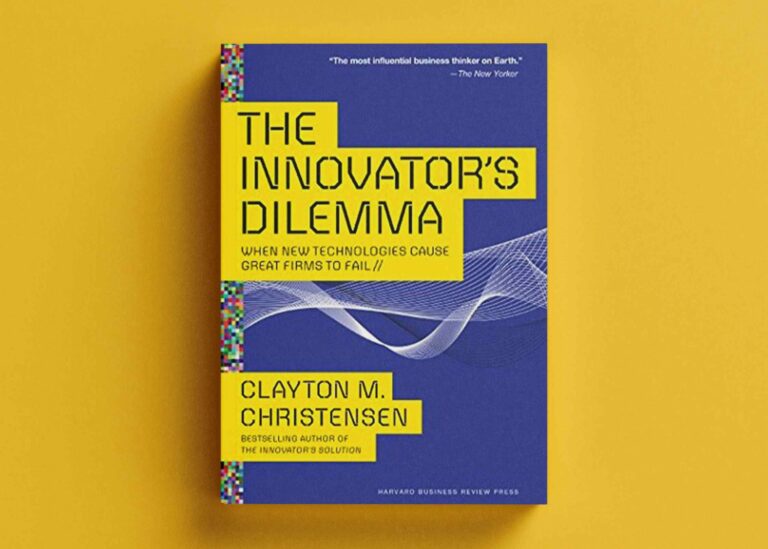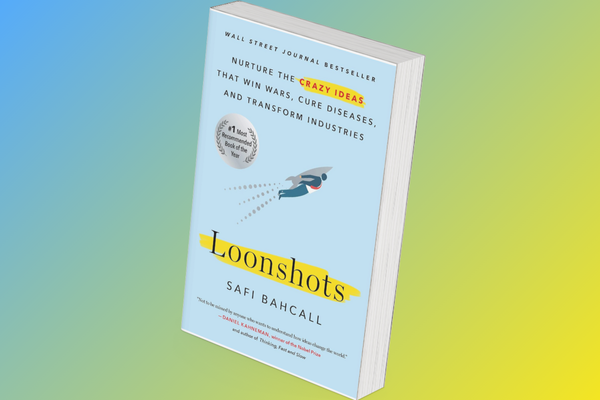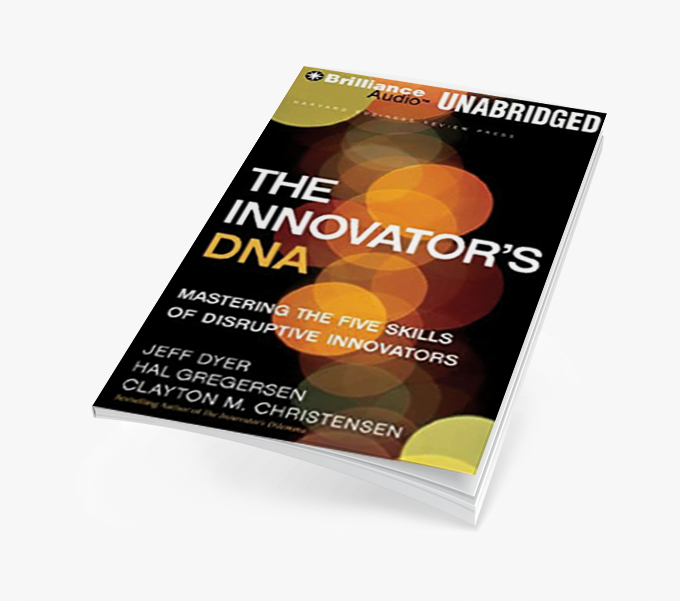Three decades after Clayton Christensen’s classic, the logic of disruption remains—but the disruptors have changed. In the age of AI and digital platforms, the dilemma now belongs to the algorithms.
The Book That Defined an Era
When The Innovator’s Dilemma hit shelves in 1997, it offered an uncomfortable truth: great companies fail not because they’re badly run, but because they’re too good at serving their best customers. Disruption, Christensen showed, comes from the fringe—from cheaper, simpler technologies that seem irrelevant until they suddenly redefine value.
This framework explained why minicomputers displaced mainframes, why digital cameras killed film, and later why Netflix outpaced Blockbuster. The theory reshaped business schools, strategy decks, and the very language of innovation. “Disrupt or be disrupted” became a corporate mantra.
But here’s the twist: 30 years later, the pattern persists—but the agents have changed.
From Steel Mills to Neural Nets
Christensen’s world was one of physical industries and linear value chains. Today, AI, data, and digital platforms create value in far more fluid systems. Disruption now emerges not from low-end players but from new forms of intelligence and network effects.
Take OpenAI or Anthropic—firms that entered a field dominated by trillion-dollar incumbents like Google and Microsoft. Yet their innovations weren’t “cheaper” or “simpler.” They were cognitively superior—models that redefined what products are. The new disruptor doesn’t undercut; it outthinks.
This flips Christensen’s hierarchy. Where once the underdog gained by cost, now it’s computation, data, and adaptability that win. In other words: disruption is now driven by intelligence, not efficiency.
The Platform Paradox
If Christensen warned managers about missing disruptive technologies, today’s leaders face a different dilemma: how to disrupt themselves when they already control the platform.
Consider Amazon. Its marketplace and cloud infrastructure make it both a platform and a competitor to every vendor on it. Or take Apple—whose App Store policies shape the entire mobile economy. These firms don’t risk being displaced by “low-end” entrants; they risk calcifying under their own success.
Platforms create self-reinforcing ecosystems, where power accumulates through data, scale, and user lock-in. In this world, disruption no longer comes from below—it comes from adjacent systems: open-source communities, decentralized protocols, or AI models that dissolve the meaning of ownership itself.
So perhaps the new Innovator’s Dilemma isn’t about product tiers or market focus—it’s about institutional adaptability in an exponential world.
The AI Dilemma: When Algorithms Become Incumbents
AI compounds this shift. When a model like GPT or Claude powers millions of downstream applications, who’s the “firm” and who’s the “disruptor”? Christensen’s model assumed clear corporate boundaries; AI erases them.
The feedback loops are also faster. A disruptive AI tool can achieve global scale in months, not years. Yet the paradox remains: leaders struggle to pivot from proven models to uncertain futures. Google hesitated on generative AI to protect its ad business—exactly the kind of defensive logic Christensen diagnosed in 1997.
The result? The dilemma persists, but in machine time.
Lessons That Still Hold
Despite the shifts, Christensen’s insights endure:
- Success breeds inertia. Whether it’s Kodak or Google, dominance makes exploration harder.
- Innovation lives at the edge. Breakthroughs often start as side projects, open experiments, or unprofitable bets.
- Structure determines behavior. The way organizations allocate resources—toward margins, not learning—still defines their fate.
But the modern twist is this: disruption is now systemic, not firm-level. It’s not just companies that get disrupted—it’s entire architectures of value.
Looking Ahead
Thirty years later, The Innovator’s Dilemma remains prophetic—but incomplete. It taught us why innovation fails inside firms. The next chapter is about why it fails inside systems—from platforms to AI ecosystems to economies themselves.
Christensen’s brilliance was diagnosing the disease of success. Our task now is to build self-disruptive systems—networks, policies, and organizations designed to reinvent themselves before the next model update does it for them.
Follow Tomorrowist for more insights on innovation, deep tech, and value creation.






